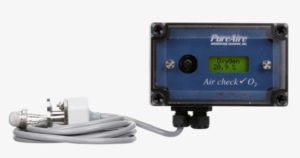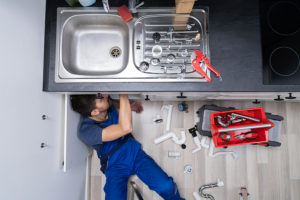How To Detect Plumbing Leaks | How To Stop It
There are some leaks that are really obvious and readily show themselves. However, there are plumbing leaks that are not so apparent unless you really know what you are looking for. Leaks that are more difficult to find do a lot more damage compared to those that are easy to spot.

There are many homeowners who are not aware that many handles and faucets that are available these days are made out of plastic parts that crack easily when used frequently, and replacement washers are not useful in newer washerless designs. That can result in water leaks ending up puddling in a spot that might not be as easily visible and you will need to look a bit had to see if there is any damage.
Look for the following:
- New insect populations
- Loose or buckling floor tiles
- Mildew or mold, especially in areas that are supposed to be completely dry
- Sagging wood under the sink or behind the wall
- Mineral deposits
- Peeling paint
- Bulging drywall
Leaks In Shut Off Valves
Sometimes leaks do not originate from the drains or sink faucets. At times they are caused by old shut-off values that are behind and under the sink. You need to repair, or usually replace, them right away since they are frequently a problem behind the wall for a long time before the leak becomes obvious. Something that could have been an easy repair can turn into an expensive problem.
Leak Detection Plumber
Protecting your property or home from major plumbing leaks can save you lots of money. It is best to get those kinds of problems taken care of before they grow out of control. So if you notice any rust around your valves, fixtures, or drains, it is also a sign that moisture is getting into places where it should not be.
Look closely around your house for plumbing leaks outside at the hose bib, around all of your bathroom fixtures, under the dishwasher, underneath the kitchen sink, under or behind the washer, and in the laundry room.

